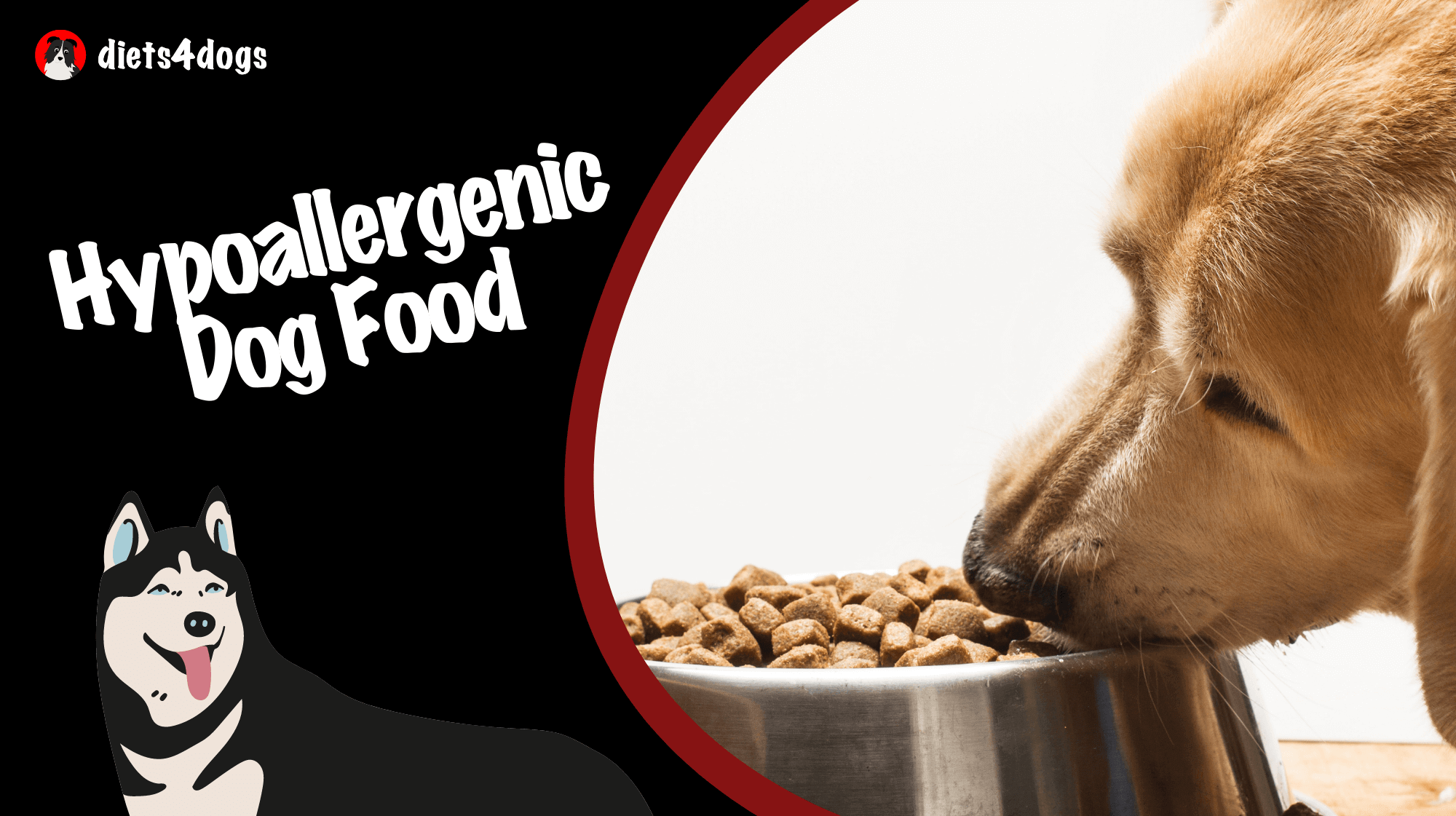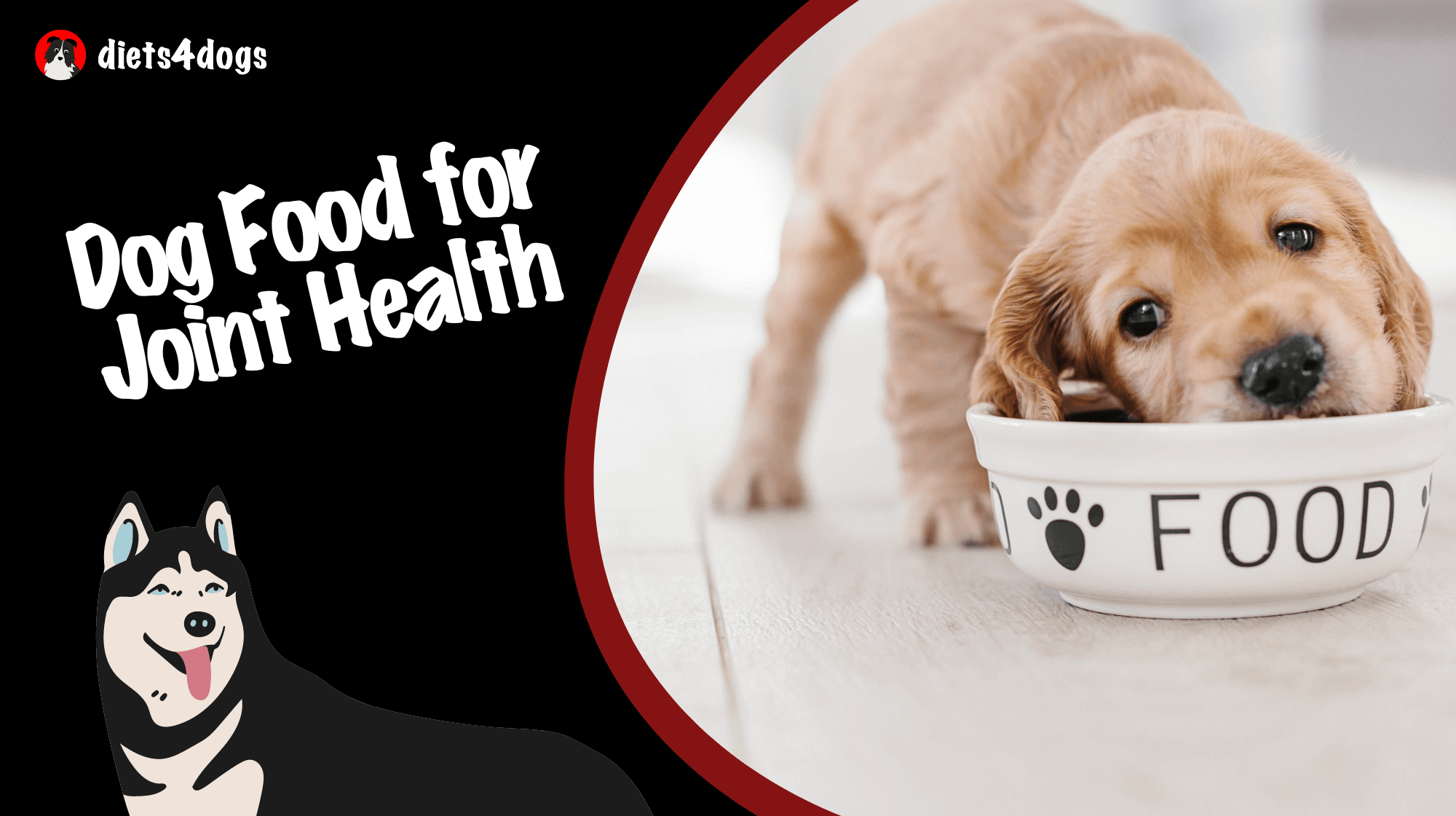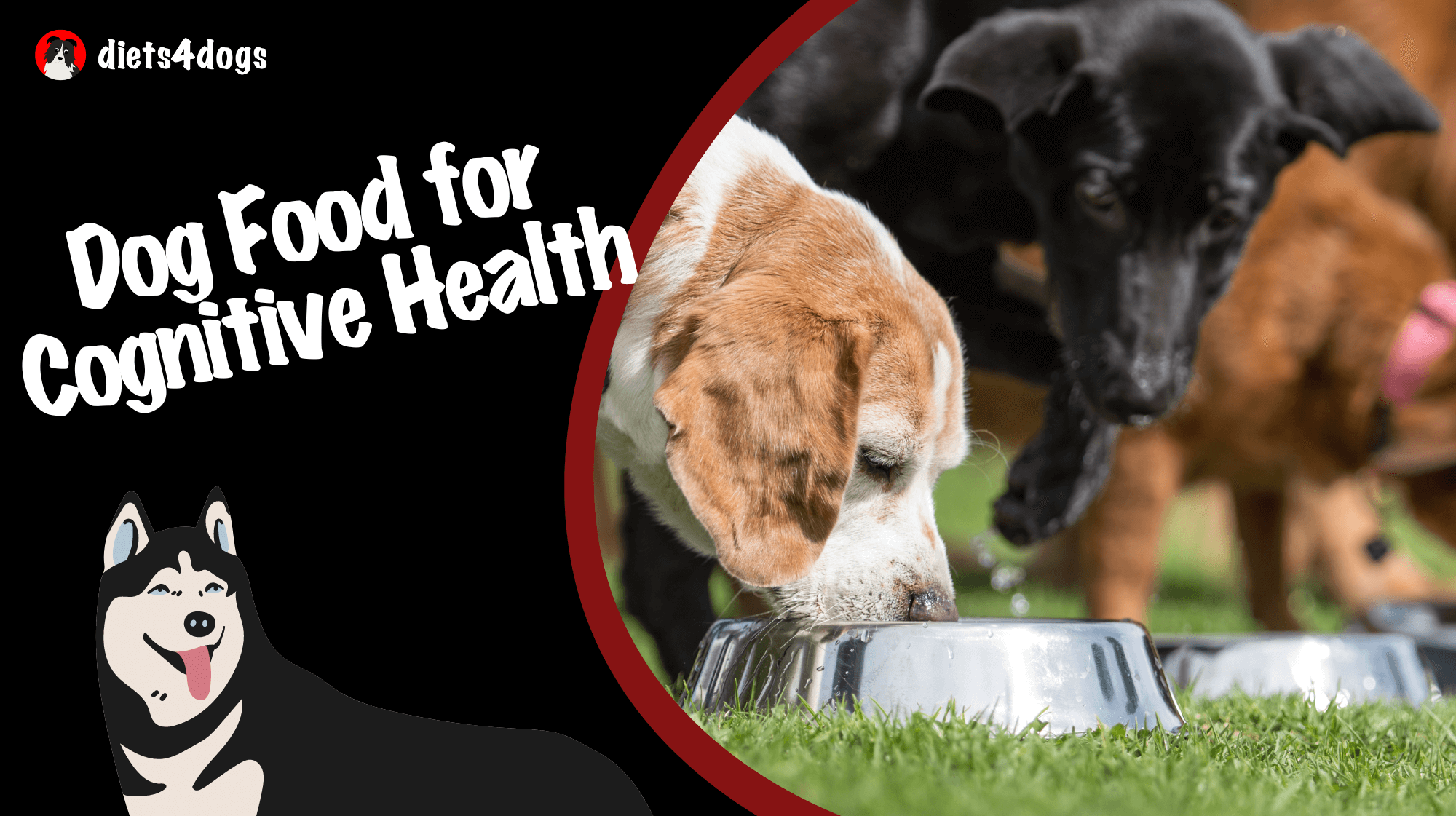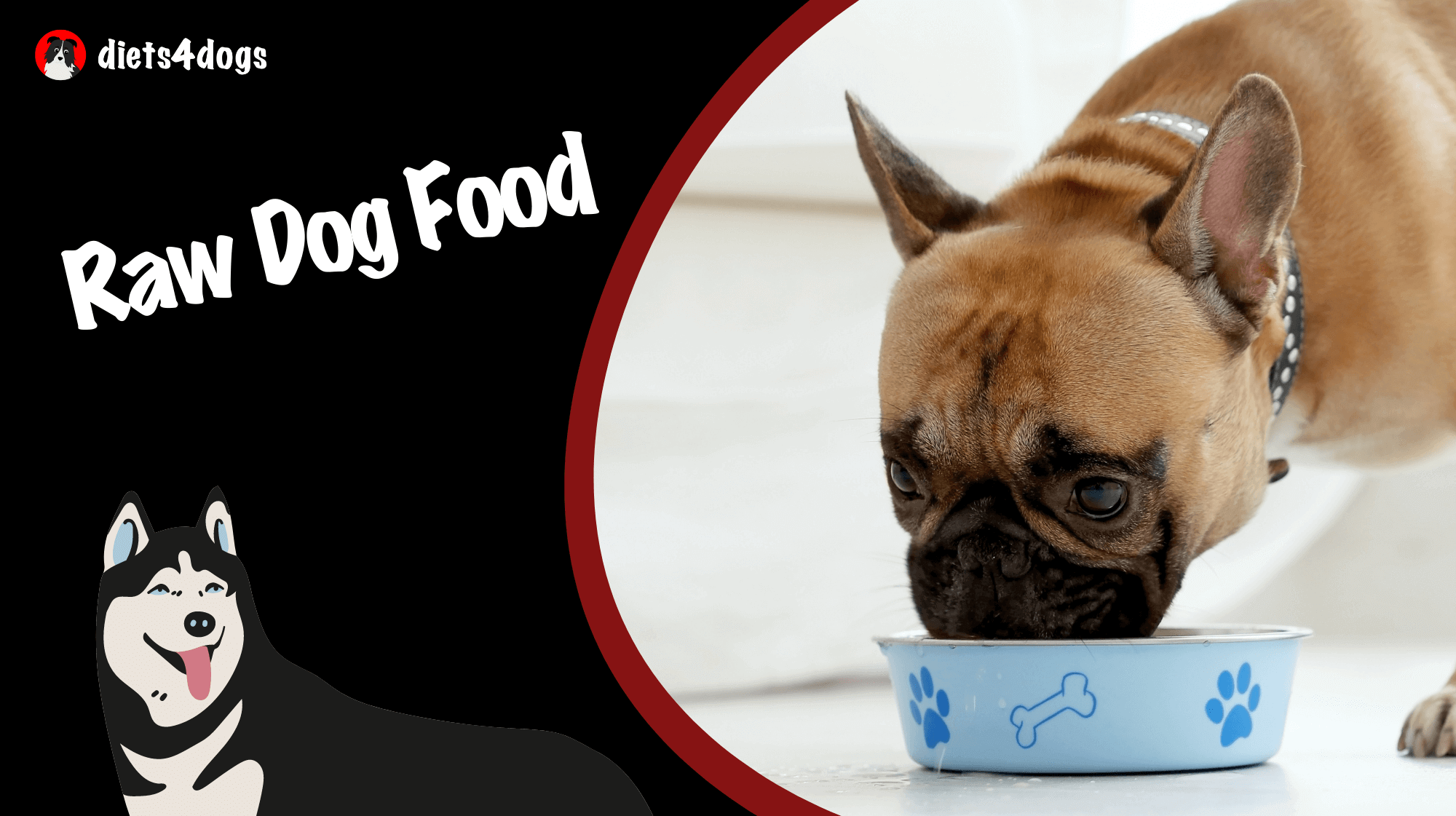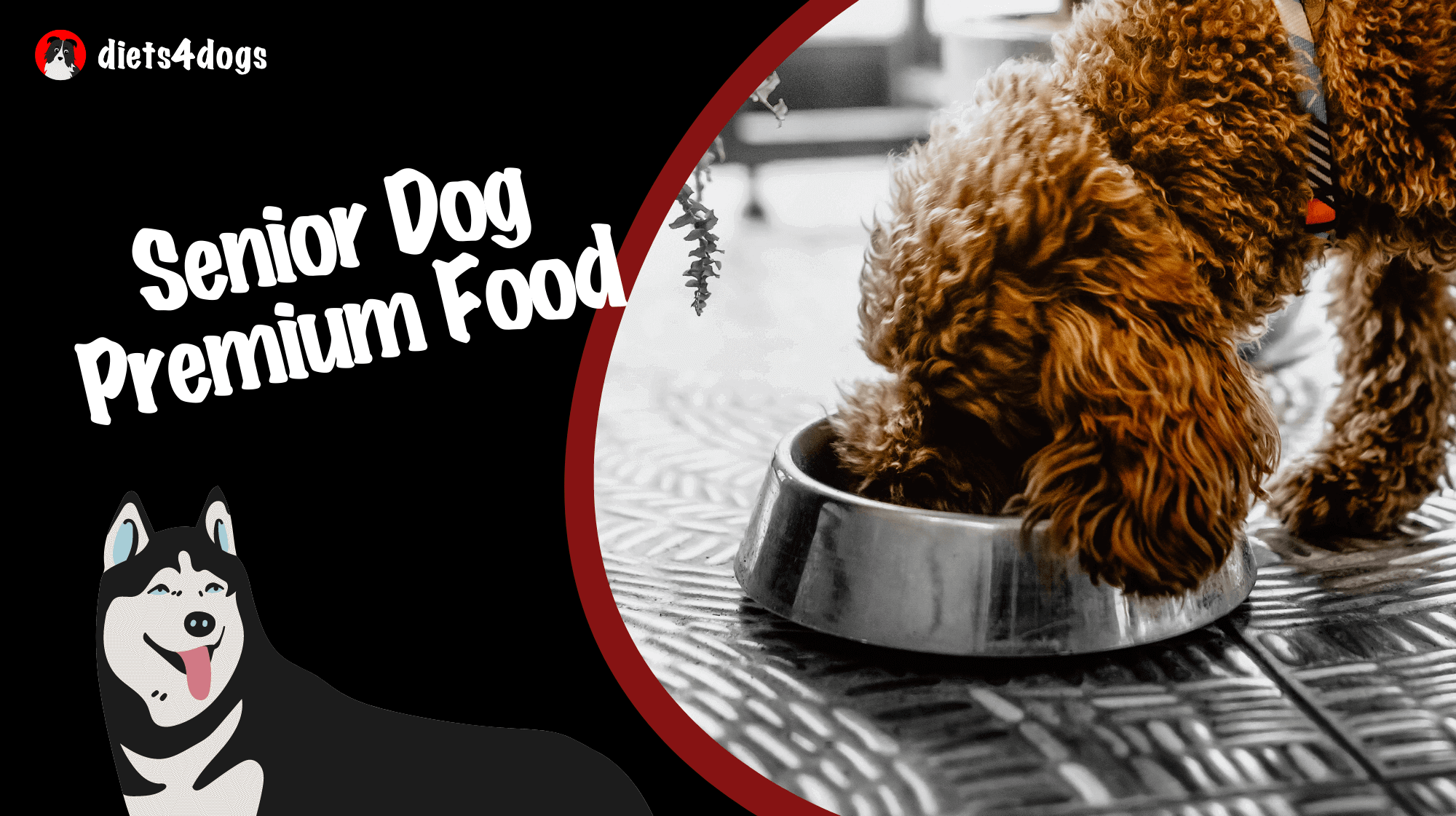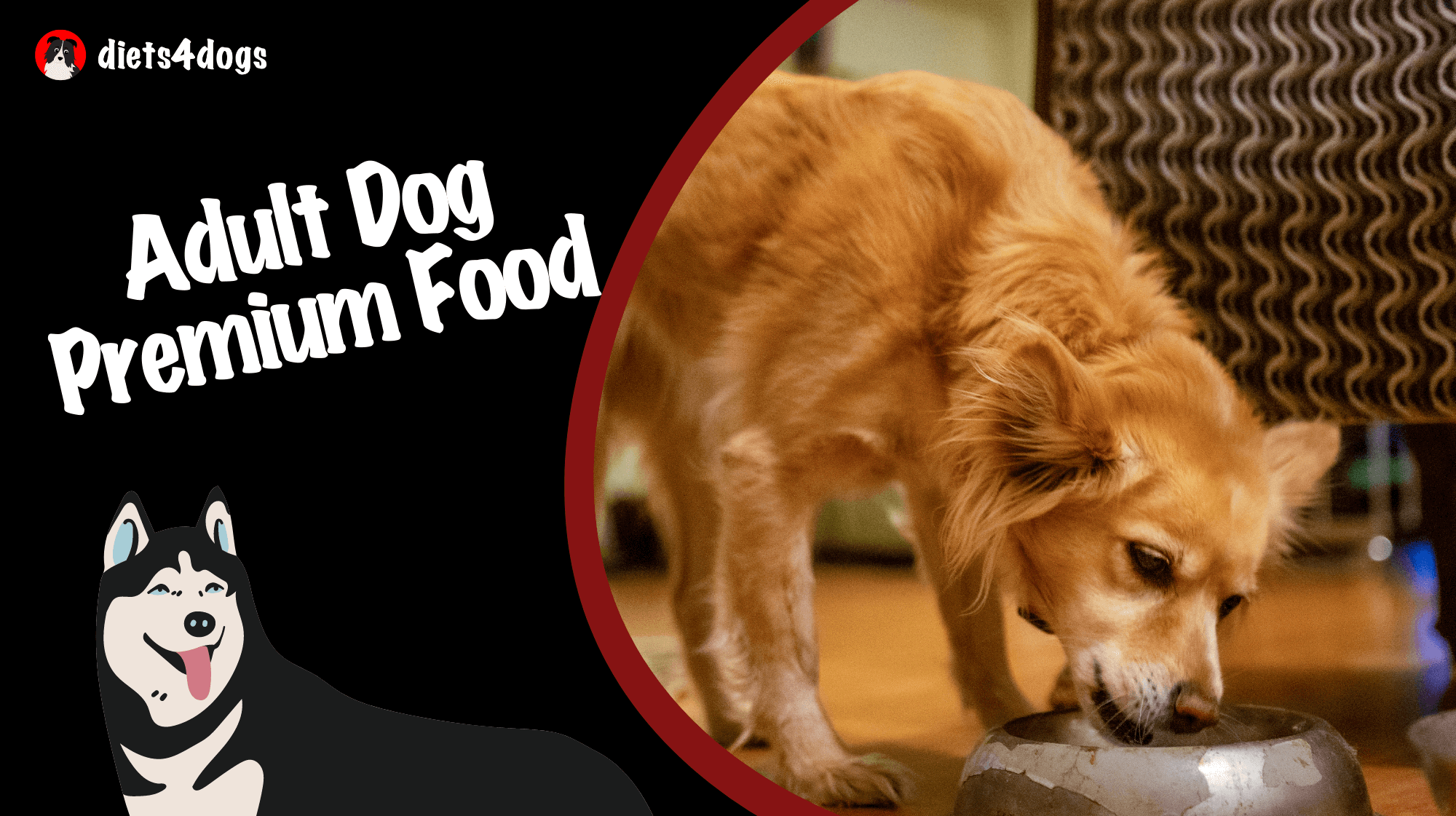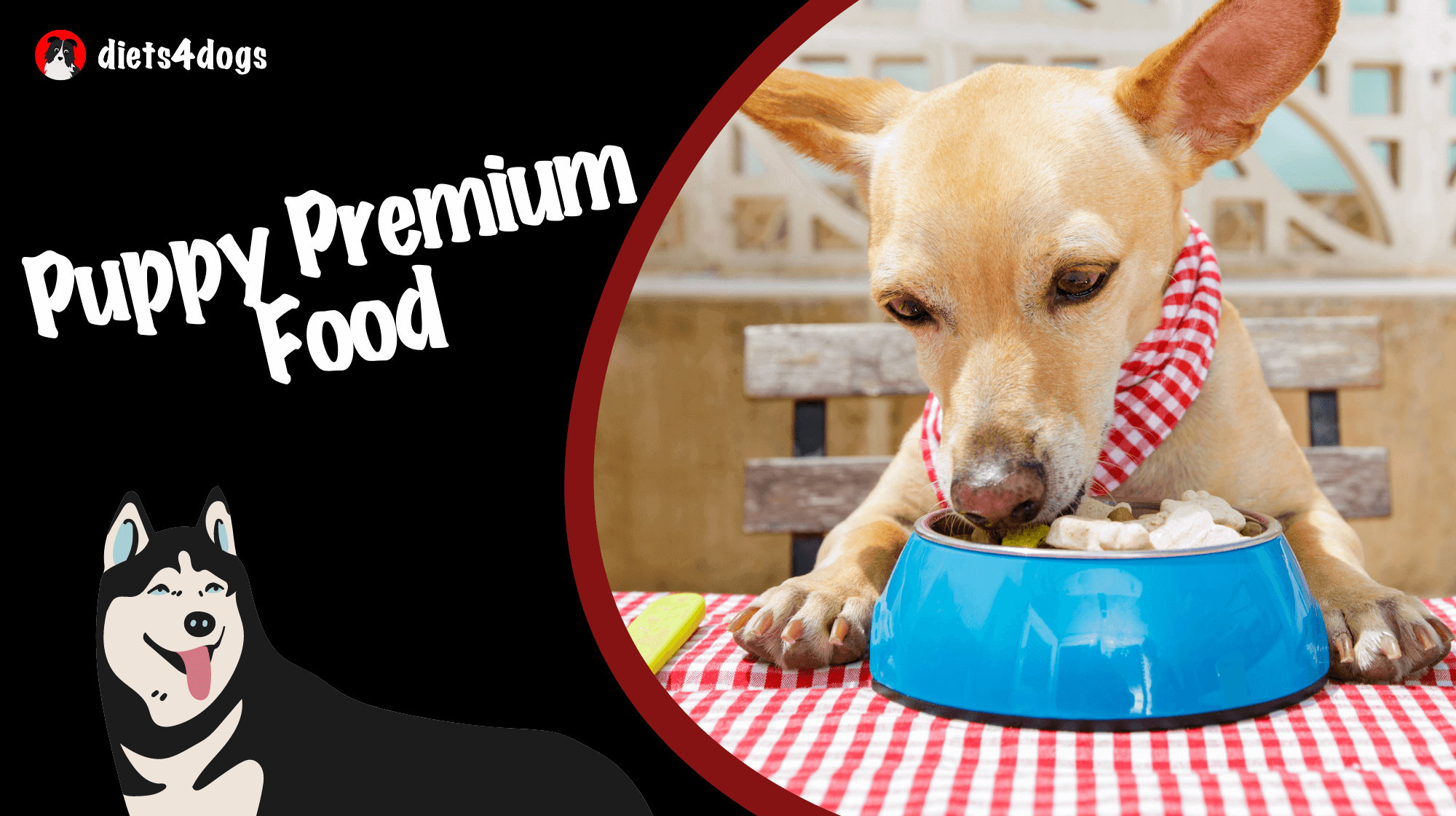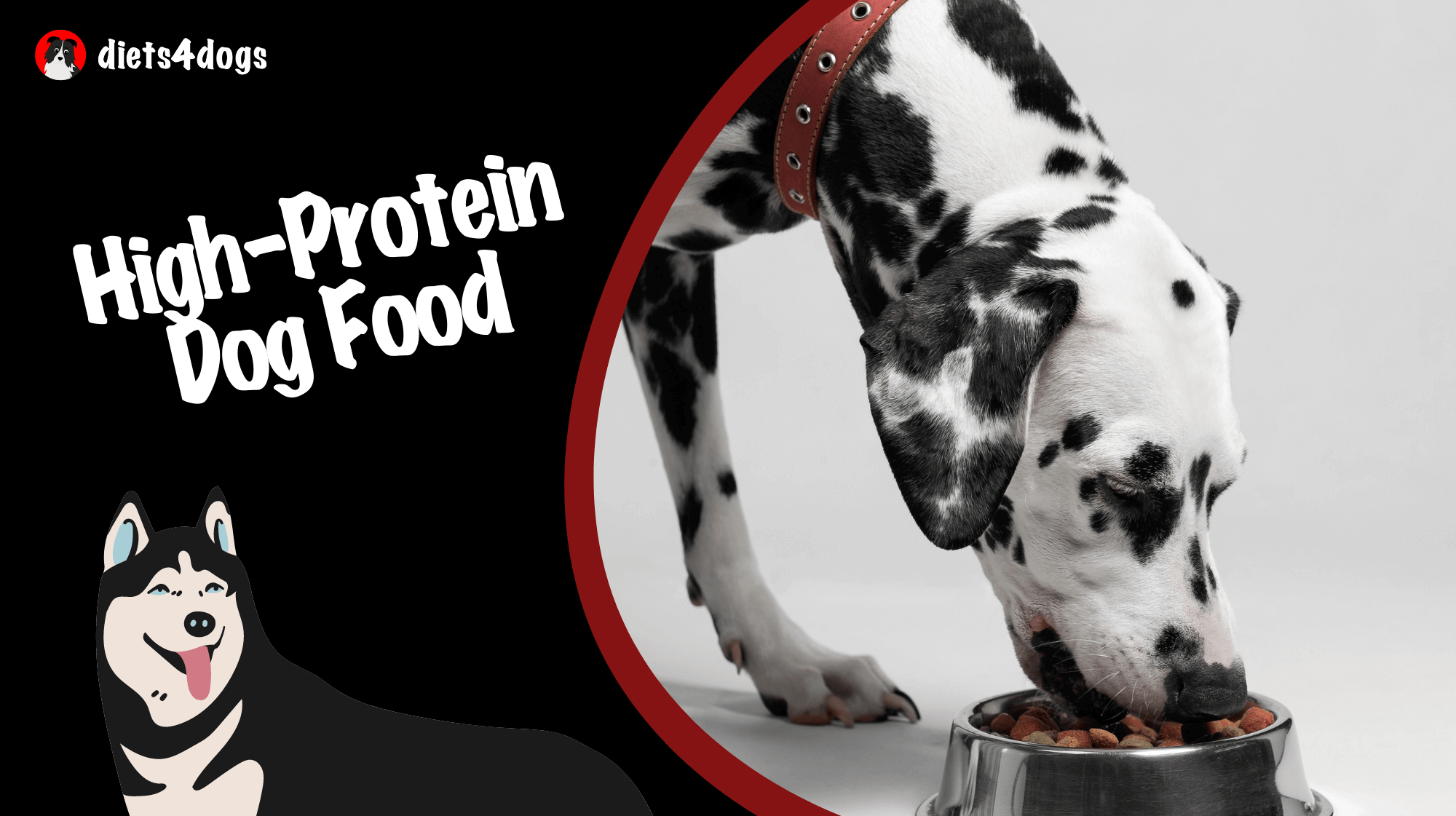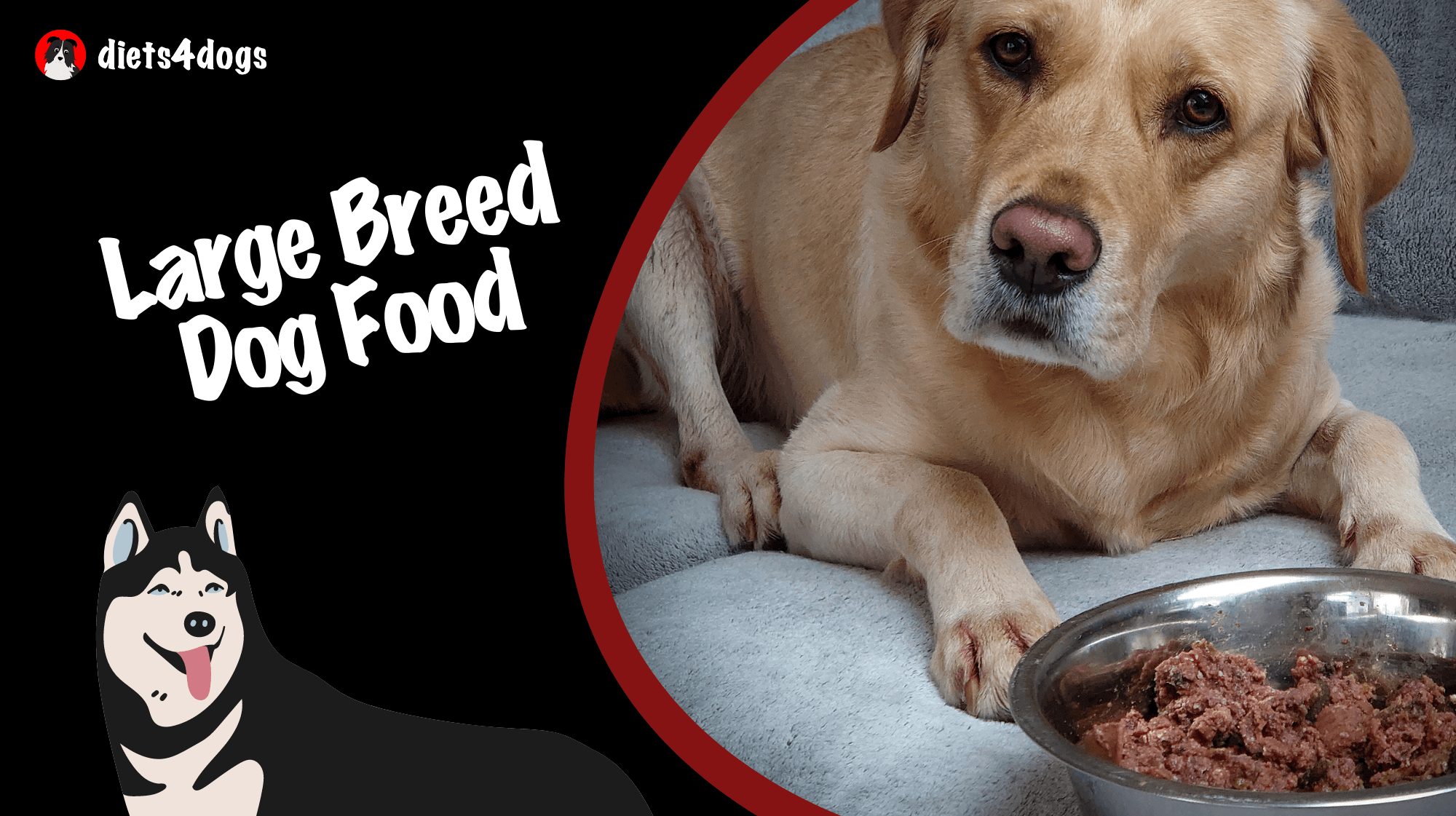Welcome, caring dog parents, to a world of luxurious dining options for your sensitive fur-babies! Today we’ll explore the tasty realm of hypoallergenic dog food, your pet’s ticket to allergy-free bliss. With a keen eye on the finest ingredients and top-notch brands, this fun and informative guide promises to unveil not only how these premium chows can benefit pets with allergies or sensitivities, but also which delectable choices get those tails wagging. Strap in and prepare for lift-off as we embark on a culinary journey guaranteed to have your loyal companions craving seconds.
Hypoallergenic Dog Food: Premium Options for Sensitive Pets
Hypoallergenic dog food provides premium options for pets with food allergies or sensitivities, relying on carefully selected ingredients to eliminate common allergens. These high-quality options include novel proteins, limited-ingredient formulas, and grain-free recipes offered by top brands, ensuring your pet’s well-being, comfort, and enjoyment during mealtime.
Why Opt for Hypoallergenic Dog Food?
Just like their human counterparts, our canine friends can experience allergies which result in discomfort, itching, and digestive troubles. One of the main culprits behind these issues is a sensitivity to certain ingredients in their food. By choosing hypoallergenic dog food, you can help alleviate and prevent such symptoms, while offering a tasty and nutritious meal engineered with your pet’s health in mind.
Ingredients to Look for in Hypoallergenic Dog Food
Novel proteins
A key component in hypoallergenic dog food recipes is the inclusion of novel proteins. These proteins come from atypical sources, such as kangaroo, venison, or duck, reducing the risk of triggering an allergic response. Since most common dog food allergies are caused by chicken, beef, or dairy, introducing these alternative proteins can make a world of difference for your sensitive pet.
Single or limited-ingredient formulas
Another way to minimize allergen exposure is by choosing single or limited-ingredient formulas. These products focus on using a minimal number of different ingredients, thus decreasing the likelihood of an adverse reaction. Simplifying your pet’s diet can help you identify the specific allergens affecting them, making premium dog food a valuable tool in managing their sensitivities.
Grain-free recipes
Grain-free dog food can be a useful option if your canine companion is sensitive to grains such as corn, wheat, or barley. By replacing grains with alternative and digestible carbohydrates like sweet potato, these recipes provide a balanced diet perfect for pets with specific dietary restrictions.
Top Premium Hypoallergenic Dog Food Brands
Canidae Grain-Free Pure Ancestral
Canidae combines premium quality with top-notch ingredients to create a freeze-dried, raw-infused kibble, featuring high-quality proteins such as quail, wild-boar, and guinea fowl, supplemented with probiotics and antioxidants for optimal digestion and immune health.
Acana Singles
Acana’s single-source protein, grain-free formula is perfect for dogs with specific allergies, as it eliminates the guesswork when choosing a hypoallergenic option. With a range of novelty proteins such as lamb, duck, or pork, Acana provides options for even the pickiest eaters.
Zignature Limited Ingredient Diet
With a focus on providing limited-ingredient, grain-free recipes, Zignature ensures the finest nutrition for allergy-prone dogs. Their allergy-friendly blends are enriched with essential fatty acids, vitamins, and minerals for a complete and balanced dining experience.
How to Transition to Hypoallergenic Dog Food
Introducing a new hypoallergenic food to your dog’s diet should be done gradually to avoid any issues. Begin by mixing a small amount of the new food with their current food, and gradually increase the ratio of the new food over the course of a week. This gradual transition helps your pet adjust to the new diet, reducing any potential gastrointestinal upset.
Tailoring Your Dog’s Diet: Customize Their Hypoallergenic Food
Providing optimal dog nutrition goes beyond simply picking up a bag of hypoallergenic kibble. Every dog is different, and it’s crucial to consider factors like their size, breed, life stage, and activity level when selecting the right hypoallergenic food. Make sure to consult with your veterinarian or a professional canine nutritionist to determine the best specific diet plan that caters to your individual pet’s needs.
Ingredient Quality: What Sets Premium Brands Apart
Premium dog food lives up to its name by using the highest quality ingredients, setting them apart from more generic options. These brands focus on sourcing responsibly, using fresh, natural, and minimally processed components. This dedication to quality ensures that the food provides top-tier dog nutrition, keeping your sensitive pet satisfied, healthy, and allergy-free.
Reading Labels: Understanding Allergy-Triggering Ingredients
The knowledge required to select the best hypoallergenic dog food is incomplete without the ability to understand and read ingredient labels. Companies generally list the ingredients by weight, but look beyond just their order. Be wary of artificial additives, preservatives, and colorings as these might cause sensitivities or allergies in some pets. Educate yourself on common dog allergens, and don’t hesitate to reach out to the manufacturer to clear up any doubts regarding their ingredients.
Wet vs. Dry Hypoallergenic Dog Food
As you venture into the world of hypoallergenic dog food, you’ll encounter both wet and dry options. While some pet owners prefer dry kibble for its convenience and shelf life, wet food, on the other hand, brings the benefit of additional hydration, which can be crucial, especially for pets with urinary issues or poor water intake. Choosing between wet and dry food ultimately depends on your dog’s preferences and any specific dietary requirements. Consult with your veterinarian if you’re unsure of the ideal type of food for your sensitive dog.
FAQs: Your Hypoallergenic Dog Food Questions Answered
Here’s a comprehensive list of frequently asked questions that will help you navigate the wonderful world of hypoallergenic dog food, providing even more insight and guidance as you cater to your pet’s unique needs.
1. What is hypoallergenic dog food?
Hypoallergenic dog food is specifically formulated to minimize allergens that may trigger adverse reactions in dogs with sensitivities or allergies. It often features novel proteins, limited ingredients, and grain-free recipes to suit the needs of sensitive pets.
2. How do I know if my dog needs hypoallergenic food?
If your dog is exhibiting signs of food allergies, such as itchy skin, frequent ear infections, or digestive issues, it’s essential to consult with a veterinarian. They can determine if your pet could benefit from a hypoallergenic diet.
3. Can a dog develop food allergies over time?
Yes, dogs can develop allergies at any age or stage of their lives, even if they’ve been eating the same food for years. Pay attention to any changes in your dog’s health, and consult your veterinarian if you suspect a developing food allergy.
4. Can hypoallergenic food help dogs with environmental allergies?
While hypoallergenic food is primarily aimed at dogs with food-related allergies, it can still contribute to a healthier overall diet, which may improve the immune response to environmental allergies. It’s essential, however, to address environmental allergies separately with your veterinarian.
5. Are grain-free and hypoallergenic dog foods the same thing?
While grain-free dog food can be hypoallergenic if it excludes common allergens, not all hypoallergenic dog foods are grain-free. Therefore, it’s crucial to check the product labels and ingredients to ensure it meets your specific dietary requirements.
6. Can a homemade diet be hypoallergenic?
A homemade diet can be hypoallergenic if it’s prepared thoughtfully, excluding ingredients that trigger your dog’s allergies. If you choose to follow a homemade diet, consult with a veterinarian or canine nutritionist to ensure it meets all of your pet’s nutritional needs.
7. How long does it take to see results after switching to a hypoallergenic diet?
The time frame for noticing improvements can vary, but it typically takes around 8-10 weeks for a dog’s system to adjust to a new hypoallergenic diet and for the initial symptoms to subside.
8. How do I transition my dog to a hypoallergenic diet?
Introduce the hypoallergenic food gradually by mixing it with their current food, increasing the ratio of new food over a week. This approach allows your dog’s digestive system to adjust, reducing potential gastrointestinal upset.
9. Can all dogs eat hypoallergenic dog food?
Yes, hypoallergenic dog food is generally safe and appropriate for all dogs to consume. However, it’s essential to ensure the chosen food meets your pet’s specific nutritional requirements based on their size, breed, age, and activity level.
10. Is hypoallergenic dog food more expensive?
Hypoallergenic dog food can sometimes be more expensive due to the premium quality ingredients, as well as the additional rigor in formulation and sourcing. However, providing a suitable diet for a dog with allergies may save on future medical costs related to managing allergy symptoms.

